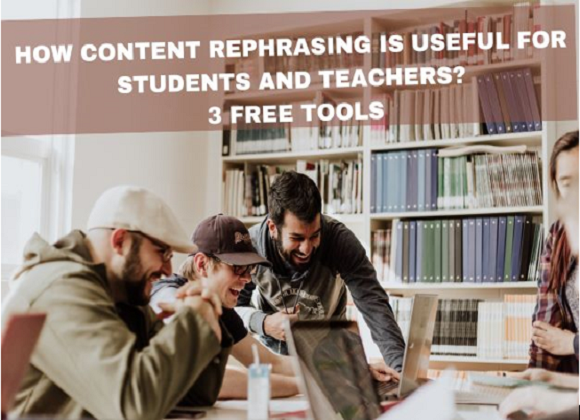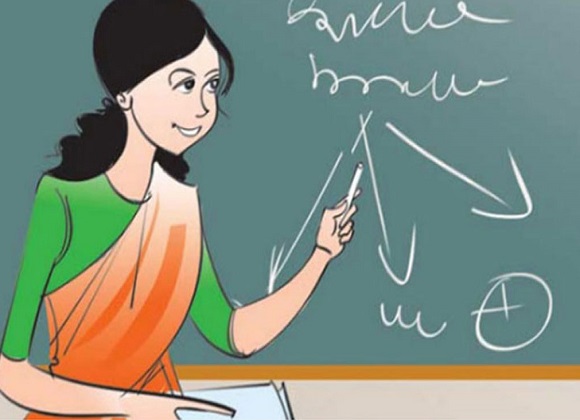Courses
Grow skills with quality courses
The 9 events (Gagne, Briggs and Wager, 1992) - That we can use to create or design a classroom.
1. Gain the attention of the students (Behaviourist)
This is the time to ‘Stimulate students with novelty, uncertainty and surprise’, (Gagne, Briggs and Wager, 1992), in order to incite them towards the learning. I am calling this B for I would like to have a visible clear response to the stimulation provided. I require proof that I have their attention and motivation in a positive manner.
I have to start the topic Quadrilaterals with a group of students who are borderline SEN, especially dyslexic. This is a tough word to pronounce for the 7th graders and I am afraid that they might not get into the lesson at all without a beginning that motivates them. To stimulate them I use the syntax method to break the word into pieces Qua-Dri-Late-Ral and ask the class to chant it with claps. Although this is leading to assimilation (Piaget,1952) of the pronunciation of the word, my main aim is to reduce the fear of the word leading to a motivation to learn the topic. I am doing this in order to provide ‘associations (connections) between sensory experiences (perceptions of stimuli or events) and neural impulses (responses) that manifest themselves behaviourally’. (Thorndike, 1913a, 1913b, 1914). The behaviour I am looking for is that of increased motivation in the students petrified of Maths.
2. Inform students of the objectives (Cognitive)
Learning involves the cognitive process of accommodation (Piaget, 1952). New information if presented that needs to be integrated with the existing schema. If I suddenly go into a lesson, it may lead to a sudden interference in their schema and fears an outcome. Hence I give the big picture in the form of learning objectives to help in assimilation (Piaget, 1952) of new ideas.
I inform the students, ‘We will learn about the properties of quadrilaterals’.
3. Stimulate recall of prior learning (Behaviourist)
I am going to use a reinforcer (Skinner, 1938) to ensure that students feel driven to participate in the class, without having the fear of being laughed at for giving the wrong answers. I am going to go for a ‘fixed ratio schedule reinforcer’ (Ferster & Skinner, 1957)by praising the effort of each child who answers. I will also ignore/reduce attention to students who may be disturbing others or distracting me as a soft punishment.
I use questions and answers about shapes done before Quadrilateral: What is the name of the 3 sided shape learned last week? How many angles, sides and vertices does it have? What is the sum of all angles of the triangle? How do we know the sum?
4. Present the content (Cognitive)
This is where there would be a disequilibrium (Piaget, 1952) as I would be bringing in the sum of all angles of a quadrilateral.
The class is divided into groups. Each group has a cut out of a quadrilateral with necessary work tools. They have to cut it into 2 triangles and then figure out the sum of all angles of the quadrilateral using that. This is discovery learning (Mc Leod, Saul, 2018)
5. Provide learning guidance (Behaviourist)
I am using a lot of positive reinforcement (Skinner, 1938) in order for students to go on with the task. I am certain that if they try they will get to the answer. However, since the class is of SEN students, I need to keep the morale boosted. Hence I focus on the behaviour here. The purpose of the group is also to add to the reinforcers for ‘Vygotsky, a contemporary of Piaget, argued that social interaction is crucial for cognitive development (McLeod, Saul, 2018).
Here I would be walking around the group to group observing. Wherever the work is going well, I would appreciate it. Whichever group is struggling I would commend the effort and then give them some directed questions to lead them. The group that is misbehaving would be ignored till they start working. I would keep a pen in hand and keep ticking the work of the students in order to give immediate reinforcement.
6. Elicit performance (Cognitive)
My objective here is to see if they can ‘retrieve’ the information to apply to the new problems given. (p 223, Schunk, 2012). Hence cognitive processing is the goal.
Students will have 3 questions to solve, on finding an angle of a quadrilateral when the other 3 are given, all easy, in order to check for learning. They will do these in the group itself.
7. Provide feedback (Eclectic)
Here I would use ‘analytical, remedial and confirmatory feedback’ (Gagne, Briggs and Wager, 1992)as they are working in groups and have each other to refer to. However, it is impossible to have this as a single category as simultaneously I am also giving them the space for positive reinforcement (Skinner, 1938).
I would write the answers on the board. Then I would ask each group the self-check their work. For all correct answers, they can give themselves a star as ‘confirmatory feedback’ (Gagne, Briggs and Wager, 1992). For all incorrect answers, I would direct them to ‘remedial work’ (Gagne, Briggs and Wager, 1992) by assessing where the error is.
8. Assess performance (Cognitive)
I am calling this cognitive for I would like to check for the individual performance of being able to process the information that has been given (Schunk, 2012). I will assess this through the check of retrieval.
Since they have worked in groups, I need to check for individual learning also. For that, I would give the class a ‘post-test to check for mastery of content and skills’ (Gagne, Briggs and Wager, 1992)
9. Enhance retention and transfer (Cognitive)
I want to relate the content to day to day work (Gagne, 1985) for the learning to be fully functional (Skunk, 2012). I use the classroom space as the sensory stimulus for the students to be able to process the new information better. This is cognitive as my main interest is the better holding of the scheme in the minds of the students (McLeod, Saul, 2018)
I would ask them to check for quadrilaterals in the environment within their reach (desks, floor tiles etc) and using a paper protractor, check if all angles of any quadrilateral add up to 360o
About the author
 |
Monica Kochar started her career as a Maths teacher in 1993. She has years of experience as a Maths Curriculum Designer with leading education platforms. This write-up has been reproduced from ' Humane Maths ' with the Author's consent. Any views expressed are personal. |
Comments
Recommended by Gurushala

Technology & Innovation
-By Valentina MilanovaHow Content Rephrasing is Useful for Students and Teachers? 3 Free Tools

Stories of Indian Classrooms
-By GurushalaOn the course of continuous learning- An inspiring teacher story from Pune
Related Articles
